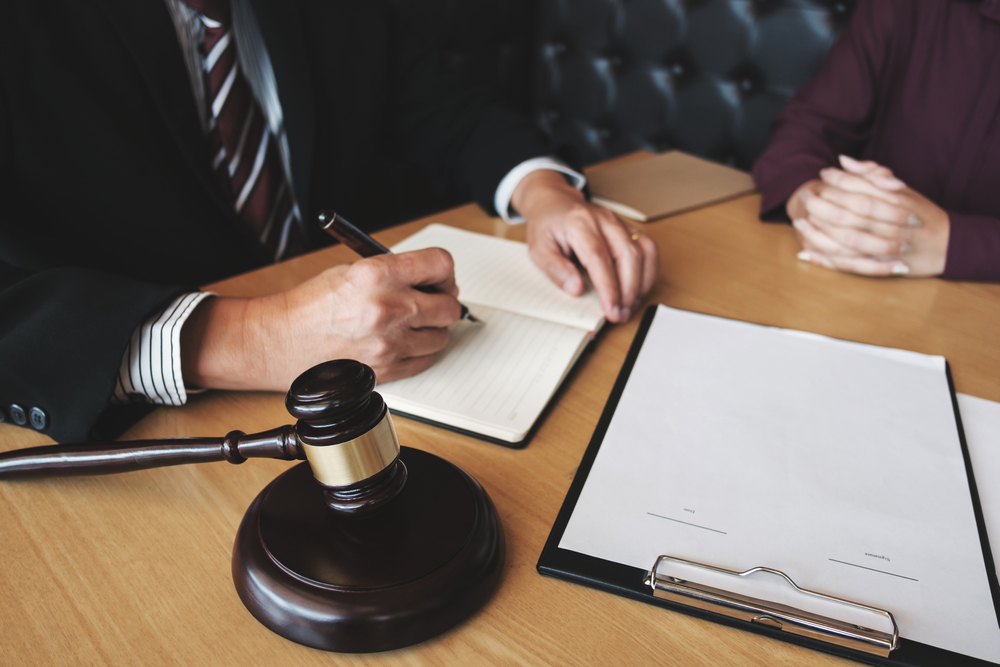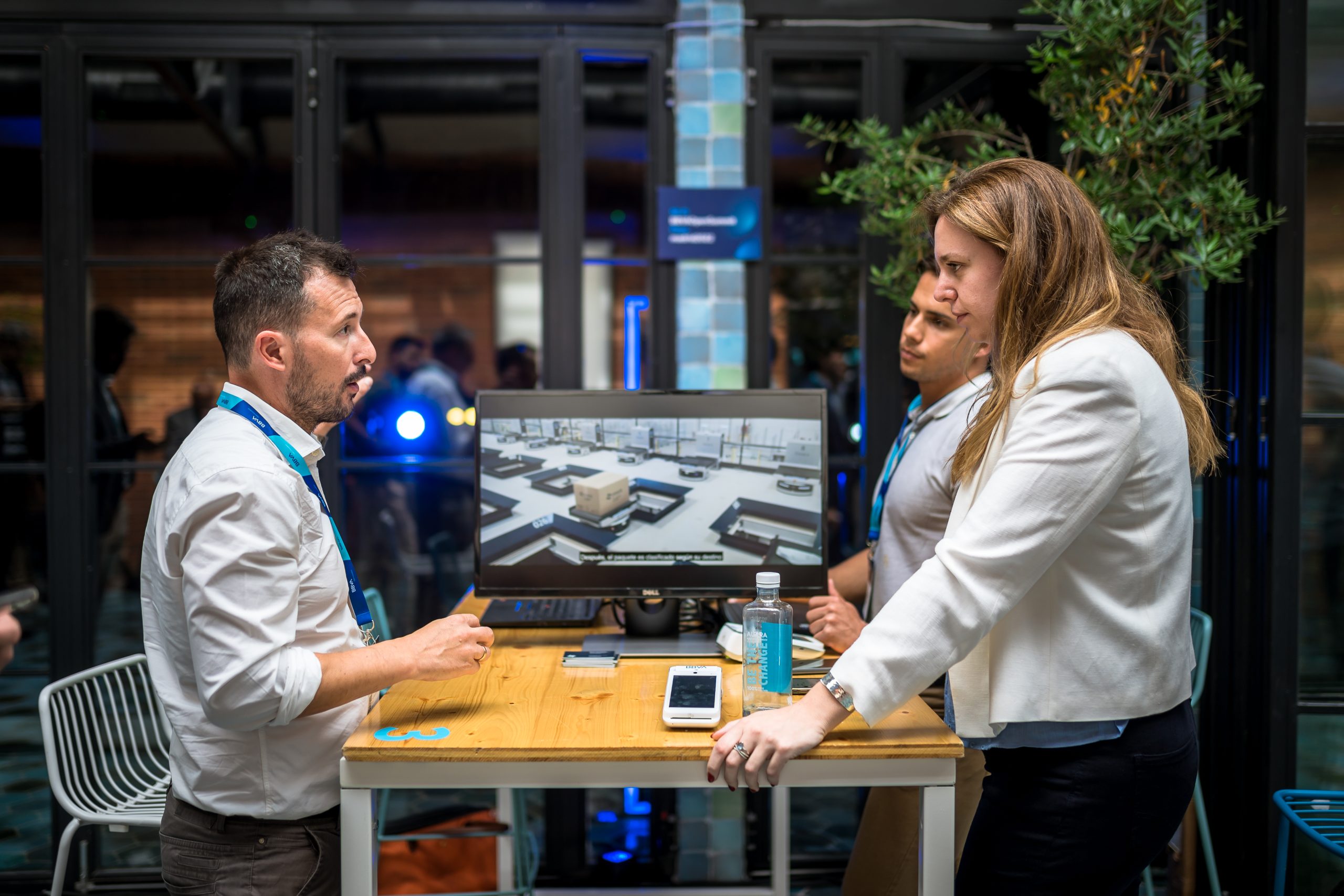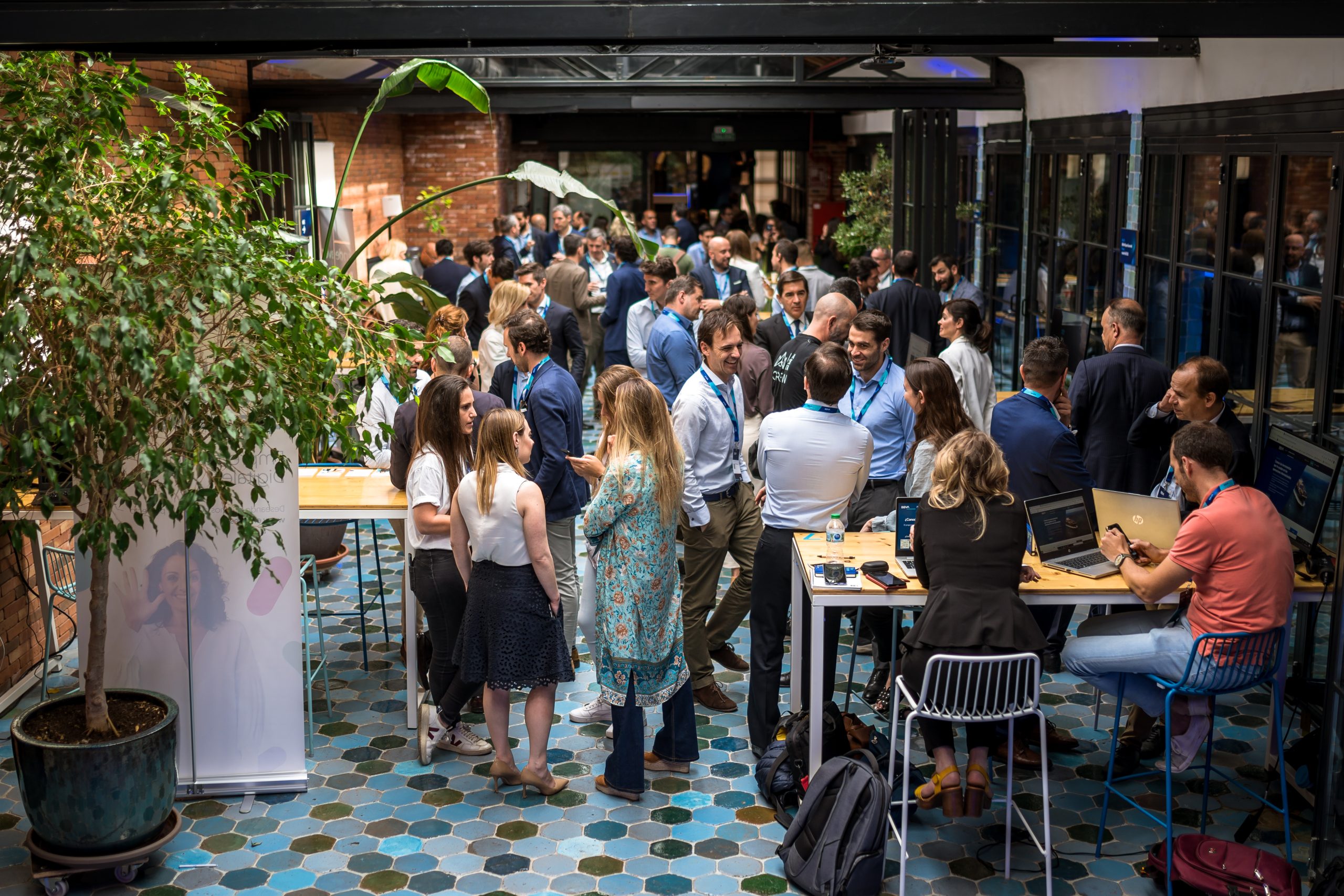Protecting intellectual and industrial property is not only essential for a startup, but it also means that a revaluation of it in terms of financing rounds and obtaining investment is in store. On the occasion of World Intellectual Property Day, we’re delving into when the best time to patent innovations is and how to do so.
What do the e-book, the mop and the contraceptive pill all have in common? As well as being revolutionary tools in each of their fields, they all started out in the same place: a patent office. The first two in the registry of the Spanish Patent and Trademark Office (OEPM), while the third one was officially recognised at the Mexican Institute of Industrial Property (IMPI).
A patent, as defined by the World Intellectual Property Organisation is “the exclusive right granted for an invention”. Once granted, the patent gives its owner the exclusive right to use it. In return, the owner makes the technical information relating to the invention publicly available.
On the occasion of World Intellectual Property Day, which is celebrated every 26 April, we explore the most common mistakes startups make when it comes to initiating a patent application process, as well as the path recommended by experts to go about doing it.
Patents in the territory
Patents are territorial rights and one of the indicators of a country’s technological and innovative development. The 2008 crisis, for example, led to a decrease in patent applications in Spain. The Intellectual Property Organisation itself devises an annual Global Innovation Index. In the latest edition corresponding to 2021, no Spanish-speaking country is found in the Top 10 of this ranking. The first Spanish-speaking nations to appear are Spain in 30th place and Chile in 53rd place.
Irene Rodriguez, director of intellectual and industrial property legal services at BBVA, explains this position by pointing to the slower pace of technological development compared to other countries: “It is not that in Argentina, for example, there is no development or innovation, but I think it has, at the moment, less investment capacity to promote this type of research and initiatives than other countries. What is already a reality in China, the USA and many European Union countries is yet to get off the ground in Latin America.”
In this sense, there are initiatives that seek to balance things out, such as that of the startup LicenciArte, which seeks to expand the patent market in Latin America. “American universities have contributed to the discovery of more than 200 drugs and vaccines, nearly 14,000 science-based ‘startups’ and 5.9 million jobs, among other indicators. So why not do it in Latin American institutions,” says David Hurtado, founder of LicenciArte.

Protecting the unseen
In Spain and Latin America the culture of tangible property is predominant -all that has a physical form-, which means a low number of patent litigation cases. But taking into account intellectual property, as well as industrial property -the group to which patents belong- is fundamental for both large companies and startups.
Luis Ignacio Vicente del Olmo, chief innovation officer at ASTI-ABB and strategic advisor of the company specialised in industrial and intellectual property Pons IP, especially recognises the importance of protecting oneself before starting a business: “One way to ensure the commercialisation of project results is a patent, but there may be others such as a trade secret. However, when we are talking about a new technology, the patent is usually the winning option.”
For an emerging company, having a portfolio of patents means a very interesting revaluation for financing rounds. Jorge Oria, director of legal services of the intellectual and industrial property group Clarke Modet, highlights the advantages of taking these issues into account when setting up a startup. “Intangible property is very attractive because it provides you with solid, long-lasting legal protection, and it is cheap to maintain compared to the initial cost of the investment. In addition, with a good strategy, there can be a very high return,” says Oria.
Initial checkpoint
At what point should we consider protecting industrial property? Oria is clear: “Before we even start establishing the company.” However, many startups make the mistake of rushing – sometimes out of ignorance, sometimes out of naivety – and “talking” too much about their invention without obtaining prior protection. “If that public presentation is not done through confidentiality regimes, the risk of losing the ‘legal novelty’ arises,” he explains, insisting on the importance of putting oneself in the hands of legal experts as one of the first steps to take.
Fairs and funding rounds can be dangerous for two reasons: competitors can copy the idea and, once an idea is made public, the chances of registration can be significantly reduced, regardless of whether or not it is your own project.

Novelty -that nothing has been published or disclosed on how to solve the technical problem that the invention achieves- is one of the requirements for an invention to be patentable. For this reason, experts advise starting the patent application process to obtain provisional protection as soon as possible. And, in the best-case scenario, if finally granted, exclusive exploitation rights for up to 20 years.
“As soon as you have something that is potentially patent-protectable, be sure to protect it, don’t disclose it, don’t tell anyone, don’t make a PowerPoint presentation detailing what you have done because you yourself are destroying your own invention,” advises BBVA’s Rodriguez. The expert and head of intellectual property of the bank is leading an internal training session on these issues for the company’s employees.
“I would like to evoke the sensitivity in the importance of intellectual and industrial property rights in my colleagues. By sensitivity, we are referring to the fact that it is just as important to protect BBVA’s intangible property as it is to respect those of third parties,” said Irene Rodriguez.
Step by step
Beyond being a novelty, a patent must have industrial application (that the patented invention can be used in any type of industry) and there must be an inventive step forward. Pons IP specialist Luis Ignacio Vicente del Olmo explains this as “not being obvious with respect to the state of the art of what is already happening in the world”. “In sectors such as information technology, with more than 100,000 patents related to mobile phone technology, this is not obvious,” adds del Olmo. Clarke Modet’s Oria, meanwhile, concludes: “If it presents an inventive step forward and is new, it is patentable, even if it cannot be executed now but rather in ten years’ time.”
Based on these characteristics, it is recommendable for the entrepreneur to put themselves in the hands of experts in patent development due to the complexity involved in the drafting of the patent. The starting point on which the judicial experts will work is the ‘Invention Disclosure Form’, a document in which the applicant gathers the basic characteristics of their idea.
The patent recognises a holder to whom the exploitation rights correspond and an inventor -a figure of recognition by moral right-. Experts recommend that the company -legal entity- be listed as the owner to avoid future conflicts.

The time taken by each national agency to resolve a patent application starts at two years and can take up to six or seven years. As for the price, it varies depending on the country. In addition to the application fees, the annual fee is being increased in order to promote public awareness,” explains Jorge Oria.
Thanks to patents, not only inventors and entrepreneurs, but society as a whole has benefited from technological development. At one point in history it was the e-book, the mop or the contraceptive pill, but what will the next patented disruptive innovation be?¿Qué tienen en común el libro electrónico, la fregona o la píldora anticonceptiva? Además de ser herramientas revolucionarias en cada uno de sus campos, todas empezaron como tal en el mismo lugar: una oficina de patentes. Las dos primeras nacen en el registro de la Oficina Española de Patentes y Marcas (OEPM), mientras que la tercera se oficializó en el Instituto Mexicano de la Propiedad Industrial.




